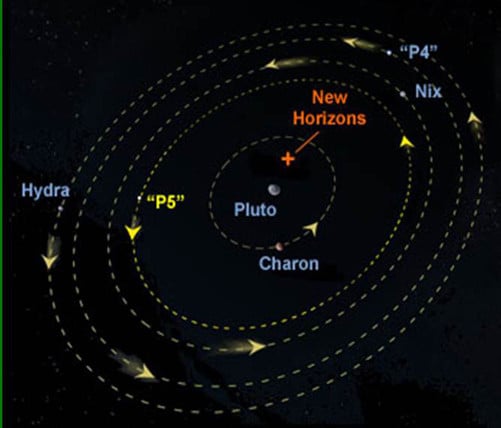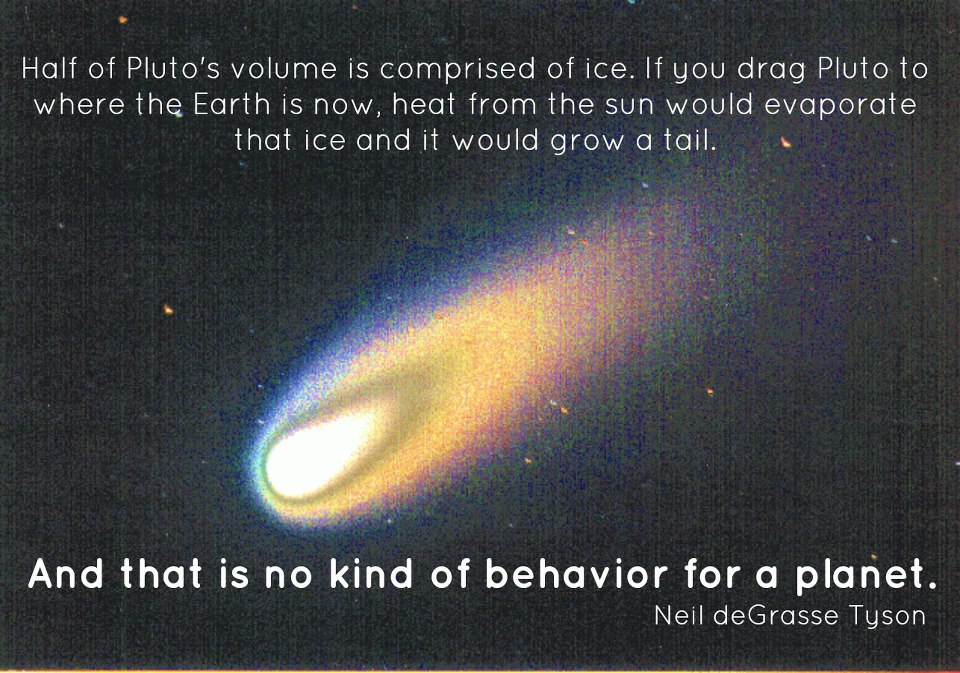Tactics and Techniques
An Analysis by:
Charles Lamson
Promotions
The notion that media attention follows good promotions is not new. Edward L. Bernays said that the idea is to make news - to create really newsworthy events. Pseudoevents have earned some "bad PR" for promotions. and of course, promotions themselves often earn a bad name for PR. In promotions you see PR's closest ties to marketing - so close that some observers have called promotions "marketing PR." You are even likely to hear a component of makreting described as "advertising selling and public relations." Sometimes you have to sell an idea or concept in order to sell a product. Bernays promoted the "American breakfast" of bacon and eggs to sell his client's product, bacon ("Thid is PR: The Realities of Public Relations 9th ed.;" by Doug Newsom, Judy VanSlyke Turk and Dean Kruckeberg; pg. 284).
When you see an ad that focuses on an event or a problem look for the publicity. And when you see the publicity such as stories about champagne around New York or exotic recipes using particular fruits in newspapers and magazines, look for the advertising. Sometimes there is also direct contact with the product itself such as food samples in grocery stores. It is all promotion (Newsom, Turk, Kruckeberg; pg. 284).
Often the only place you have to look is up. The skies are crowded with blimps, including ones you can see at night. The familiar Goodyear dirigible, a 195-foot ship has smaller competitors, the 123-foot long Lightships that American Blimp Association began building in 1990. The design staff works on computers to build the airborn billboards, that are lighted from inside the new ships, compete with the three Goodyear ships that the company made, a Fuji ship, that was made in England and a Florida blimp-builder's ship leased to H.P. Hood a New England dairy products company. At sporting events, the ships have camera platforms for network crews and the networks also insist that the blimp sponsor buy airtime. The floating ads are becoming increasingly popular (Newsom, Turk, Kruckeberg; pg. 284).
Image Marketing An image is the impression of a person, company or institution that is held by one or more publics. An image is not a picture; that is, it is not a detailed and accurate representation. Rather, it is a few details softened with the fuzziness of perception.
Image marketing reaches out to publics and tries to build a relationship beyond the product or service, but usually related to it. Sometimes customers develop their own relationships and it is not always what the company had in mind. Examples are the nicknames customers give products or companies. For years Coca-Cola resisted being called "Coke." "Mickey D's" an "FedEx" are two more good examples (Newsom, Turk, Kruckeberg; pg. 284).

Publicity Spin-Offs Whenever a company engages in a conflict, the incident will be covered and the publicity is likely to be negative. A more desirable publicity spin-off occurred when Revlon Inc. introduced a new stock offer at the New York Stock Exchange. The company invited in supermodels Cindy Crawrford and Claudia Schiffer. The two women first toured the trading floor, then went to the press gallery for interviews with the likes of the "Today" show among others. One stock trader told The Wall Street Journal that, "Guys had their suits pressed, they got new shirts, they put on cologne." The traders were also wearing lapel buttons with a photo of the models on them. The spin-off coverage was in the Journal, as well as in a number of other publications and on television (Newsom, Turk, Kruckeberg; pg. 284).
Celebrity Spin-Offs Promotion planners often look for a big name to attract media attention. It is not a novel idea, but sometimes it can result in negative publicity that has nothing to do with the product. For example, the celebrity's private life may make the news in a way that hurts the promotion, such as when athletes are involved in drugs. Advertising has used celebrities frequently enough to have a long history of good and bad experiences. Although celebrities can increase recognition, they cannot rescue a product, and the wrong celebrity, such as one exposed in compromising situations, may actually harm it. (Newsom, Turk, Kruckeberg; pg. 284)
End
|










